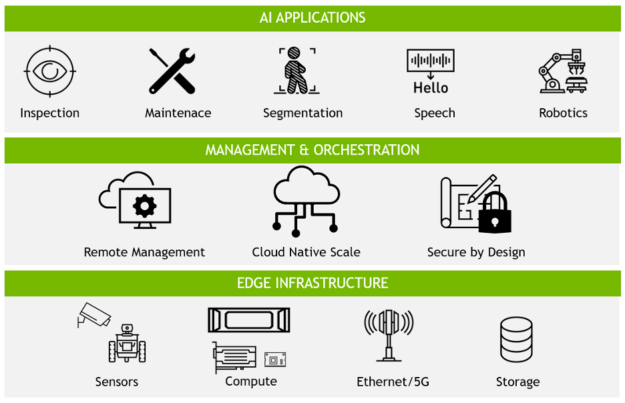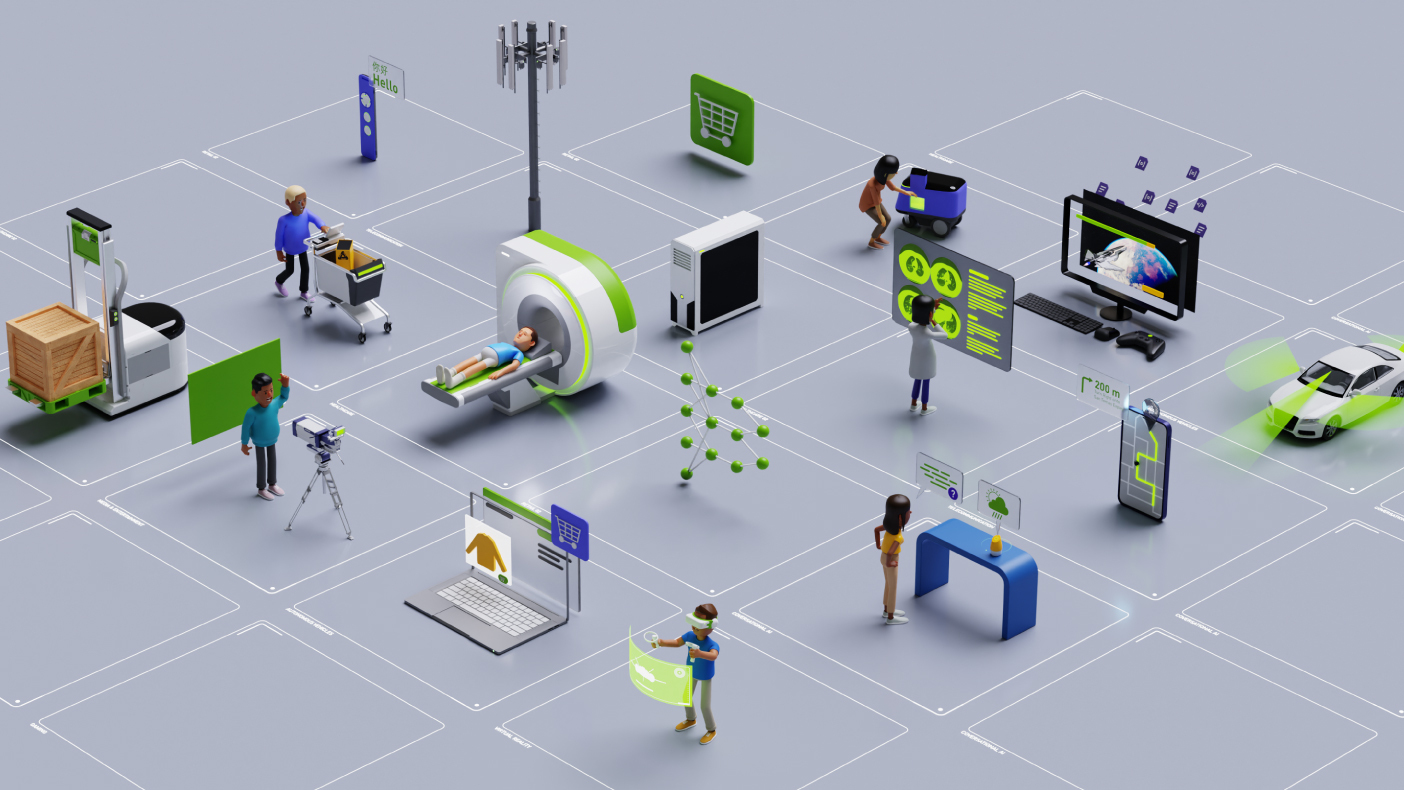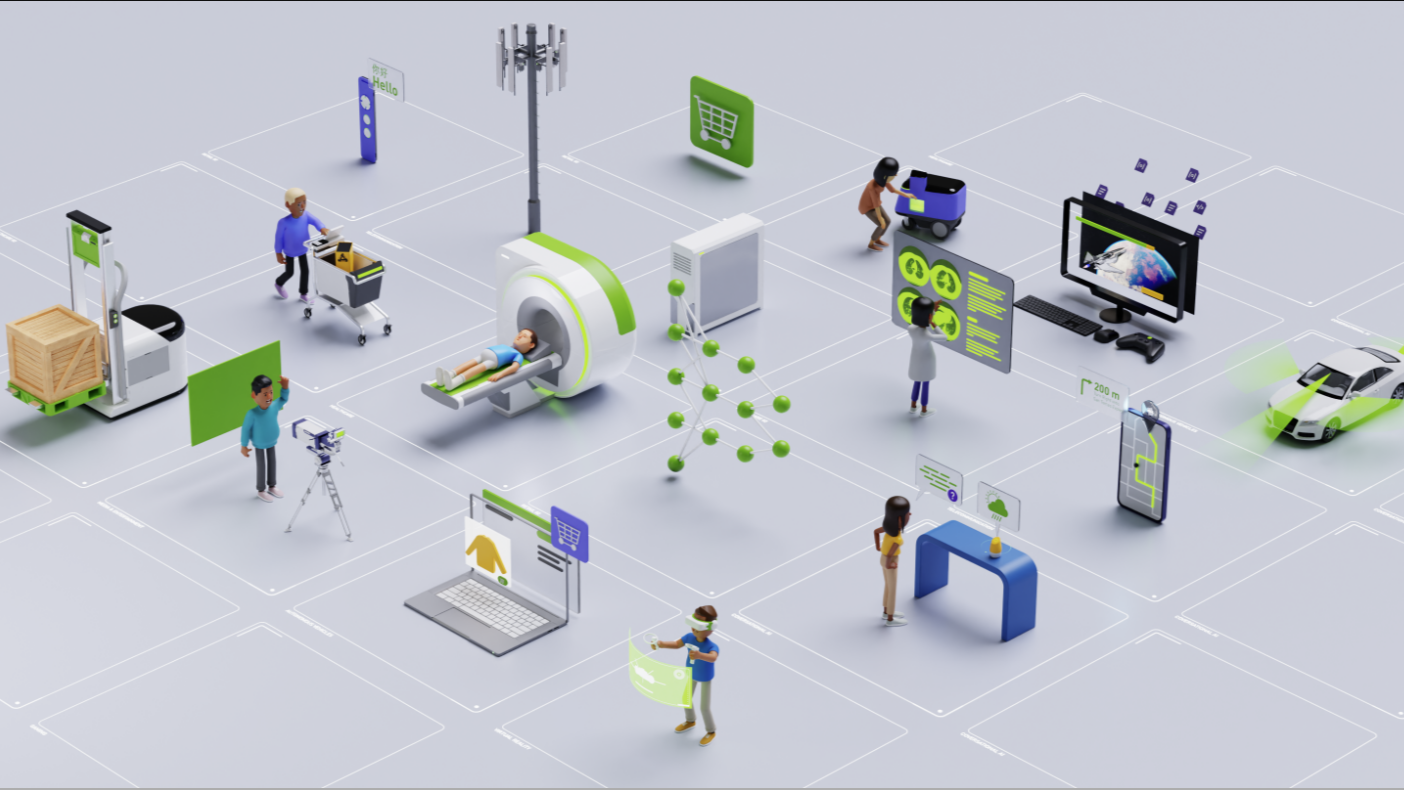The demand for edge computing is higher than ever, driven by the pandemic, the need for more efficient business processes, as well as key advances in the Internet of Things (IoT), 5G, and AI. In a study published by IBM in May 2021, 94% of surveyed executives said that their organizations will implement edge computing in the next 5 years.
Edge AI, the combination of edge computing and AI, is a critical piece of the software-defined business. From smart hospitals and cities to cashierless shops to self-driving cars, all are powered by AI applications running at the edge.
Transforming business with intelligence driven by AI at the edge is just that, a transformation, which means it can be complicated. Whether you are starting your first AI project or looking at infrastructure blueprints and expansions, getting alignment will make your project successful.
What are the 5 steps to get started with edge AI?
- Align on the right AI use case that benefits from edge computing and provides significant value to the organization.
- Understand data requirements up front to ensure AI can be customized for each use case.
- Determine the edge infrastructure requirements including compute, storage, network, and sensors.
- Complete on-prem proof-of-concept (POC) and move to production by deploying at scale.
- Celebrate success and share best practices with internal stakeholders.
Keep reading to learn more or download the full e-book to learn more about the 5 steps to getting started with edge AI.

1. Identify a use case
When it comes to getting started with edge AI, it is important to identify the right use case, whether it be to drive operational efficiency, financial impact, or social initiatives. For example, shrinkage in retail is a $100B problem that can be mitigated by machine learning and deep learning. Even a 10% reduction represents billions in revenue.
When selecting a use case for getting started with edge AI, consider the following factors.
Business impact: Successful AI projects must be of high enough value to the business to make them worth the time and resources needed to get them started.
Key stakeholders: Teams involved in AI projects include developers, IT, security operations (SecOps), partners, system integrators, application vendors, and more. Engage these teams early in the process for the best outcomes.
Success criteria: Define the end goal at the beginning to make sure that projects do not drift due to scope creep.
Timeframe: AI takes time and is an iterative process. Identifying use cases that have a long-term impact on the business will ensure that solutions remain valuable in the long term.
2. Evaluate your data and application requirements
With billions of sensors located at edge locations, it is generally a data-rich environment. This step requires understanding what data is going to be used for training an AI application as well as inference, which leads to action.
Getting labeled data can be daunting, but there are ways to solve this.
Leverage internal expertise: If you are trying to automate a process, use the experts who do the task manually to label data.
Synthetic data: Using annotated information that computer simulations or algorithms generate is a technique often used when there is limited training data or when the inference data will vary greatly from the original data sets.
Crowdsourced data: Leveraging your audience to help label large quantities of data has been effective for some companies. Examples include open-source data sets, social media content, or even self-checkout machines that collect information based on customer input.
If you have the quantity and quality of data required to train or retrain your AI models, then you can move on to the next step.
3. Understand edge infrastructure requirements
One of the most important and costly expenses when rolling out an edge AI solution is infrastructure. Unlike data centers, edge computing infrastructure must take into additional considerations around performance, bandwidth, latency, and security.
Start by looking at the existing infrastructure to understand what is already in place and what needs to be added. Here are some of the infrastructure items to consider for your edge AI platform.

Sensors: Most organizations today are relying on cameras as the main edge devices, but sensors can include chatbots, radar, lidar, temperature sensors, and more.
Compute systems: When sizing compute systems, consider the performance of the application and the limitations at the edge location, including space, power constraints, and heat. When these limiting factors are determined, you can then understand the performance requirements of your application.
Network: The main consideration for networking is how fast of a response you need for the use case to be viable, or how much data and whether real-time data must be transported across the network. Due to latency and reliability, wired networks are used where possible, though wireless is an option when needed.
Management: Edge computing presents unique challenges in the management of these environments. Organizations should consider solutions that solve the needs of edge AI, namely scalability, performance, remote management, resilience, and security.
Infrastructure is directly connected to the immediate use-case solution, but it is important to build with a mind to additional use cases that may be deployed at the same location.
4. Roll out your edge AI solution
When it comes to rolling out an edge AI application, testing AI applications at the edge is critical for ensuring success. An edge AI proof-of-concept (POC) is usually deployed at a handful of locations and can take anywhere from 3-12 months.
To ensure a smooth transition from POC to production, it is important to take into account what the end solution will look like. Here are some things to consider when rolling out an AI application.
Design for scale: POCs are generally limited to one or a handful of locations but if successful, they must scale to hundreds or even thousands of locations.
Constrain scope: AI applications improve over time. Different use cases will have different accuracy requirements that can be defined in the success criteria.
Prepare for change: Edge AI has many variables, which means even the best-laid plans will change. Ensure that the rollout is flexible without compromising the defined success criteria.
5. Celebrate your success
Edge AI is a transformational technology that helps businesses improve experience, speed, and operational efficiency. Many organizations have multiple edge use cases to roll out, which is why celebrating success is so important. Companies that highlight successes are more likely to drive interest, support, and funding for future edge AI projects.
Get started with end-to-end edge AI
As a leader in AI, NVIDIA has worked with customers and partners to create edge computing solutions that deliver powerful, distributed compute; secure remote management; and compatibility with industry-leading technologies.
Organizations can easily get started with NVIDIA LaunchPad, which provides immediate, short-term access to the necessary hardware and software stacks to experience end-to-end solution workflows in the areas of AI, data science, 3D design collaboration, and simulation, and more. Curated labs on LaunchPad help developers, designers, and IT professionals speed up the creation and deployment of modern, data-intensive applications.
Get started with a free trial on NVIDIA LaunchPad today.










